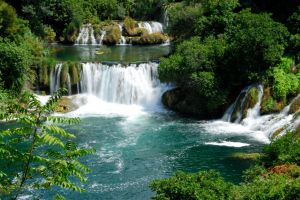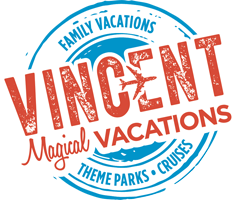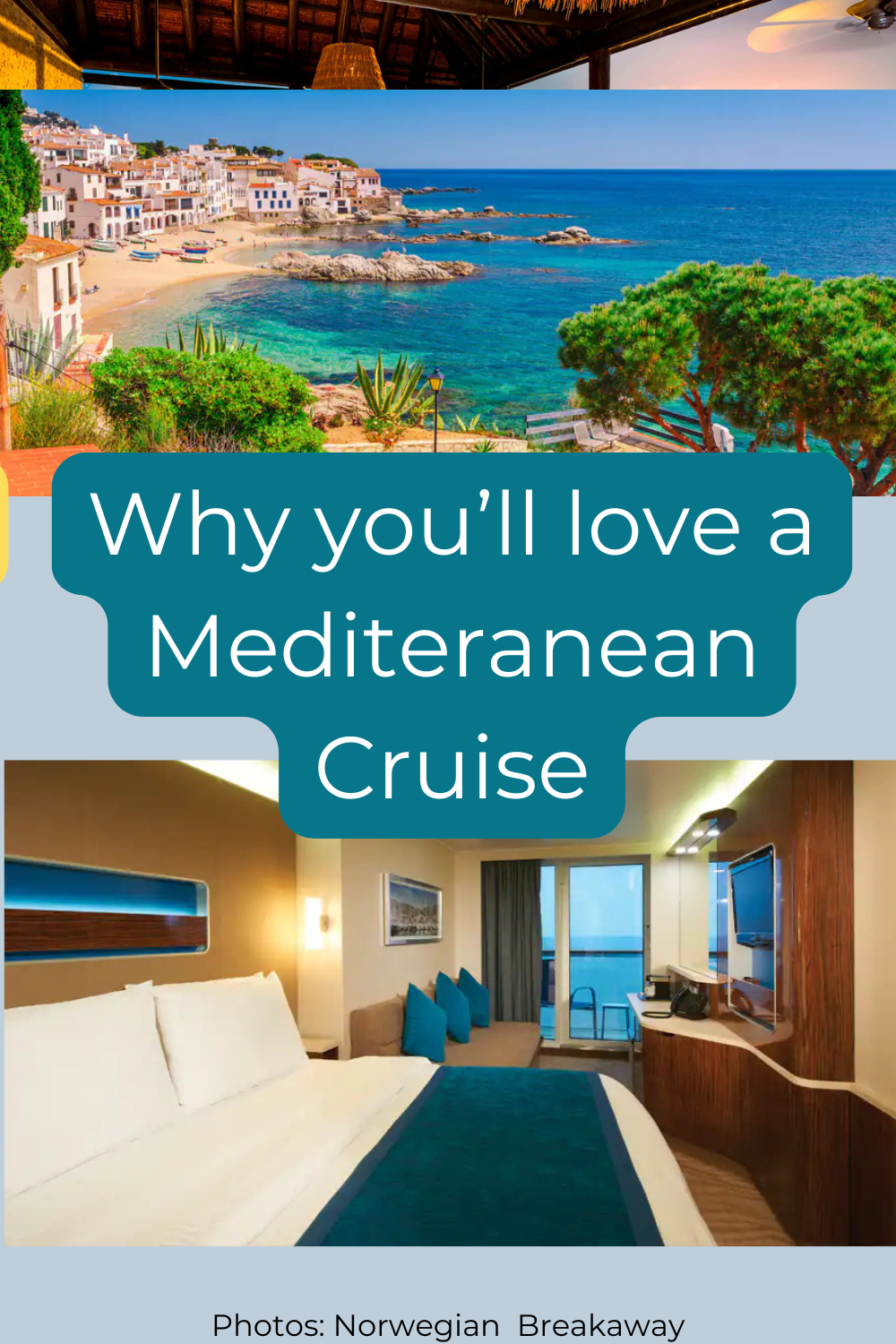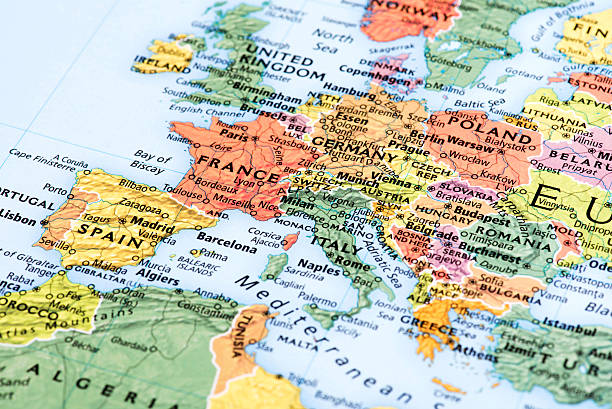We recognize that Disney vacations are not just an investment, but often the highlights of our lives, and we take that responsibility seriously. We want to ensure you have the best vacation experience.
Interested in a job in travel? Click here to learn: How to Become a Disney Travel Agent
Overview
Introduction

Every year, more and more visitors are vacationing in friendly, picturesque Croatia along the Adriatic coast. It has much to offer: good food, good wine, beautiful beaches, clean water, gorgeous scenery, historic cities, charming villages, striking architecture, Roman ruins, ten UNESCO World Heritage sites and well-preserved antiquities.
Europeans, in particular, have been flocking to Croatia since the early 1990s. As a result, Croatia's infrastructure is solid since multilane highways and international hotels have been built to accommodate the large number of tourists that populate the country annually. Nowadays, vacationers from all over the world go to relax and enjoy all that Croatia has to offer.
Geography
Croatia borders Slovenia, Hungary, Bosnia and Herzegovina, Serbia and Montenegro and is close to Austria and Italy. Situated on the eastern shores of the Adriatic Sea, with Italy occupying the sea's western shores, Croatia legally shares a maritime border with Italy as well.
In the interior of the country are mountains dotted with vineyards, castles, lakes and waterfalls, as well as vast, flat agricultural regions. About 50% of Croatian land is filled with porous limestone karst, which has resulted in more than 7,000 caves, some extremely deep, as well as several unique and spectacular interconnected lake systems. The most famous are at Plitvice National Park and Krka National Park.
Zagreb, the capital, is situated in the north-central part of the country. The rugged Dalmatia coast is simply spectacular, with towering mountains forming a backdrop for the long, narrow strip of land and rock that is washed by the clear waters of the Adriatic.
Offshore, there are more than a thousand islands, some uninhabited and others endowed with ancient villages. Travelers can choose their favorites for sunbathing, swimming or exploring. Istria (or Istra to locals) is the triangular peninsula that forms the northwestern part of the Croatian coast, bordering Slovenia. Its proximity to the Italian border (just 12 mi/20 km of Slovenian countryside separate the two countries) and its long historical connection with Austria has long made it a popular resort area for European aristocracy.
History
If Croatia seems replete with foreign influences—Roman amphitheaters, Venetian palaces, Hapsburg castles, Italian food—it's because the area's history has been marked by several periods of unions with various European empires over the centuries. Seeds of the most recent conflict in the former Yugoslavia date from the division of the Roman Empire in AD 395.
The Western Empire, ruled from Rome, fell to northern barbarians, but it left a legacy of Roman Catholicism in its former territories, including what became the nation of Croatia. The introduction of Catholicism to Croatia is considered one of the most important developments in its history and development. The Eastern Empire, ruled from Byzantium (later Constantinople, and now Istanbul), bequeathed Orthodox Christianity to its territories, including what is now Serbia. Later, Turks conquered the region to the south of Croatia and introduced Islam. The religious, cultural and ethnic divisions fomented friction but also created a fascinating multicultural atmosphere still evident in the region.
The idea of Yugoslavia, or "Land of the Southern Slavs," was created at the beginning of the 20th century. In spite of religious differences, most of the people in the area between Austria and Albania are of common ancestry. Idealists thought it logical that all should unite in one country. The Kingdom of the Serbs, Croats and Slovenes was created at the end of World War I but collapsed when the German Nazis invaded during World War II and set up a puppet state of Croatia, which constructed concentration camps for Serbs, Gypsies and Jews. The Nazis were driven out by the Partisans, a multiethnic army led by Croatian-born Joseph Broz Tito.
Tito downplayed sectarian differences and ruled a united Yugoslavia—with an authoritarian intolerance for regional chauvinism—for 34 years. Communism in the former Yugoslavia was not exactly the type experienced by many Eastern bloc countries. Many Yugoslavs owned appliances and cars, traveled, spoke other languages and worked in the country's tourism industry. After Tito's death in 1980, ethnic differences once again rose to the surface and by the end of the decade had polarized the country.
Concerned about Serbian nationalism and spurred on by its own nationalist leader, Franjo Tudjman, Croatia declared its independence in 1991. Backed by the Yugoslavian Armed Forces, Serbia invaded and, after a bloody struggle, occupied a fourth of the country. Serbia's policy of "ethnic cleansing," as well as its siege of Dubrovnik and the destruction of the city of Vukovar, turned international opinion in favor of the Croats. The fighting ended after a cease-fire was signed in 1992, and the Serbs turned their attention to Bosnia and Herzegovina.
Though divided, Croatia remained fairly stable until mid-1995, when the government launched two attacks against Serb rebels. First, the Croats invaded the region of western Slavonia and quickly reconquered the area. The Croats then launched an attack against the rebel stronghold of Knin in the Krajina. Within a few days the army had routed the rebels and taken the capital. The defeat sent about 120,000 Croatian Serb refugees into neighboring Bosnia and Herzegovina. With these two victories, Croatia had reclaimed all rebel-held territory, except for the portion of eastern Slavonia that borders Serbia—an area ceded to Croatia by the 1995 Dayton peace accords.
Croatia has worked hard to define itself as an independent country. In June 2011, the country was given the green light to join the European Union, and it officially became a member in July 2013. Becoming an EU country brought significant changes to Croatian citizens.
In the years leading up to EU membership and since 2013, the Croatian government has apprehended, tried and convicted several previous government figures for corruption and military figures for war crimes in the 1990s conflicts with Serbia and Bosnia.
Prices in Croatia have risen significantly, but not quite to the level of those in other European countries, probably due in great part to Croatia's continued use of its own currency, the kuna, instead of the euro. But, Croatia is no longer the bargain it once was. While more costly than neighboring Balkan countries, particularly for accommodations and dining, Croatia is still considerably less expensive than major western European countries. Most travelers will find that discovering the country's long-hidden treasures is well worth the cost and its quite affordable for mid-range to luxury vacationers.
Snapshot
Croatia's main attractions are beaches, the medieval walled town of Dubrovnik, spectacular coastal and mountain scenery, picturesque towns, museums, ancient islands, lakes and waterfalls, historical sites, fishing, gorges, yachting, marvelous churches and monasteries, folk arts, fascinating culture, health spas, ten UNESCO World Heritage sites and the capital city of Zagreb.
Croatia will appeal to travelers who have already been to many European countries and are ready to get off the beaten track to discover a fascinating part of the world, as well as Game of Thrones fans and yachties.
Croatia makes a great beach holiday (although most beaches are composed of pebbles, not sand)—the coastline is spectacular, and the seafood is excellent.
Potpourri
The restoration of Dubrovnik following the war has been an international project, with contributions coming in from around the world. For example, the red tiles that replaced those destroyed by shelling came from France. And Italian artisans did much of the reconstruction of bas-relief sculptures on the cathedral.
Split and Duborvnik were used for Game of Thrones film locations
You'll see a number of lion sculptures affixed to buildings in Croatian cities that were once under Venetian rule. Usually, a sculpted book rests under one of the lion's paws. If the book is open, that means the city was at peace when the sculpture was made. If closed, the work was commissioned during a time of war.
In Zagreb, the Gric Canon is blasted from historic Lostrac Tower every day at precisely noon. This tradition dates back to New Year's Eve of 1877 and has continued ever since.
Another long-standing historic tradition in Zagreb is the use of original gas street lamps in the historic district. More than 200 gas lamps are lit every evening before dusk. The lamps were installed in 1873.
Caves near the towns of Krapina and Vindija, near Zagreb, hold evidence of habitation by Neanderthals, the early humanoid species. Some of the discoveries from the caves are on display at Zagreb's Natural History Museum.
If you are in Dubrovnik, have a drink at the Troubadour Hard Jazz Cafe near the cathedral. Marco, the bar's owner, was the founder of a well-known Croatian rock group in the 1960s called the Troubadours. (They had mop tops, wore Renaissance outfits and sang rock 'n' roll versions of ancient Croatian folk tunes.) The bar is set in a labyrinth of narrow alleys, creating great ambience for the jazz bands that play there.
Dubrovnik is believed to be the location of Shakespeare's play Twelfth Night.
The modern man's tie is a direct descendant of the red scarves worn by Croatian soldiers in the 17th century. The scarves came to be known as cravats—a corruption of the word hrvatska, meaning Croatia.
The island of Brac in the Adriatic channel between Split and the island of Hvar is famous for its quarries of high quality white limestone. The stone has been used in the construction of the Roman Emperor Diocletian's palace in Split, and in more modern times for the White House in the U.S.
In a clever direct-mail campaign, the coastal town of Makarska (between Split and Dubrovnik) sent postcards after the war to past visitors asking for reconstruction funds. (They got the addresses from hotel registers.)


































